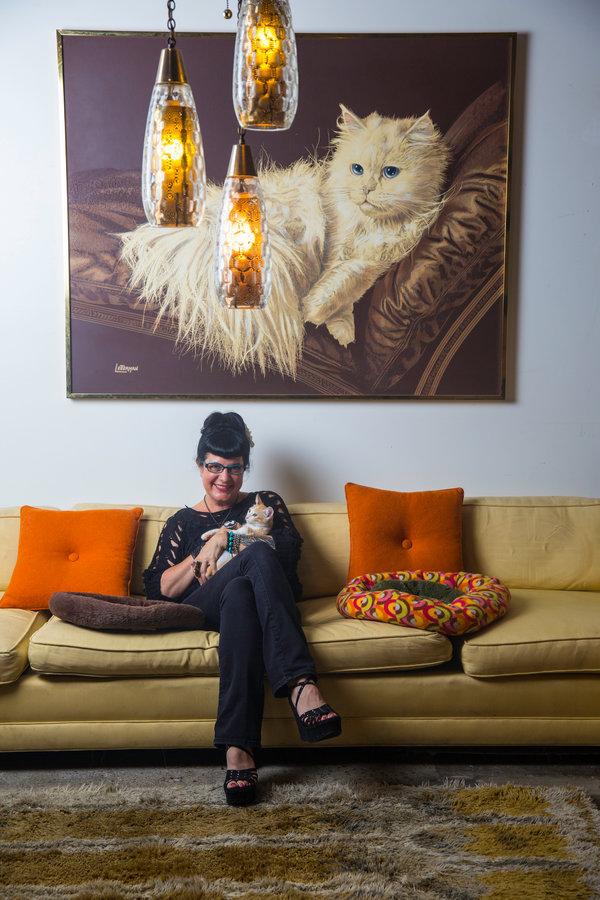Studies in this field are also “hard to randomize,” said Dr. O’Haire, whose own research has looked at the potential benefits of classroom guinea pigs for children with autism. Scientists who are testing a drug, for example, can easily give some participants a look-alike placebo. But what is the equivalent in a trial that pairs patients with therapy dogs?
Dr. O’Haire noted that far more research is done on dogs than on cats and other animals. But there are signs of change. In March, for example, a team led by scientists at the School of Veterinary Medicine at the University of California-Davis published a study in the journal Frontiers in Veterinary Science about interactions between family house cats and children with autism. While the study had a number of caveats — it pointed out, for example, that people who had “positive relationships with their cats” were probably more likely to participate — it found that cats in families with a child with autism-spectrum disorder “often provided valuable bonding, attention and calming affect to the child.”
It has been well proven, Dr. Serpell said, that human relationships and social interactions are extremely good for someone’s health, boosting the immune system and cardiovascular functions. “The question that then arises is, can animals fulfill this kind of social support function?” he said. “And we’re beginning to find evidence that maybe they can, and in some cases, maybe they’re better than humans.”
And that, Dr. Serpell said, is “where it gets really interesting, because we don’t know what these animals are doing that seems to have such a big impact.” Already, he said, people are starting to recommend dogs for veterans with PTSD, because the patients are “in a permanent state of high alert and chronic stress, and having these dogs around really does seem to calm them down, make them feel less anxious all the time.”
The hormone oxytocin plays a key role in the way animals can soothe humans, Dr. Serpell said. “The petting and the physical contact side of things is critical in terms of oxytocin release,” he said. “Physical contact with something warm and fuzzy and soft is also a good trigger.”

“The cats are just such a great reminder of living in the moment,” Ms. Benjamin said.CreditJohn Burcham for The New York Times
Ms. Benjamin, whose feline style business I profiled in The Times in 2013, said that the desire for physical contact may work in both directions. “Since I started chemo, it seems that my gray tabby Andy needs to be touching me almost constantly,” she wrote to me in April, about halfway through her treatment. She has been writing a second blog, FelineSoFine, to chronicle her cancer journey.
In August, Ms. Benjamin said she was feeling much better, though she still faces more surgery. Sadly, her favorite cat, Ando, the one who would sit on her pillow and put his paw on her head, died in June, not long after she finished chemo. “I just miss him so much,” she said by phone. “I feel like, in some sort of ‘woo-woo’ way, he was there for me through this, and then he was like, ‘O.K., you’re good, I’ve got to go.’”

